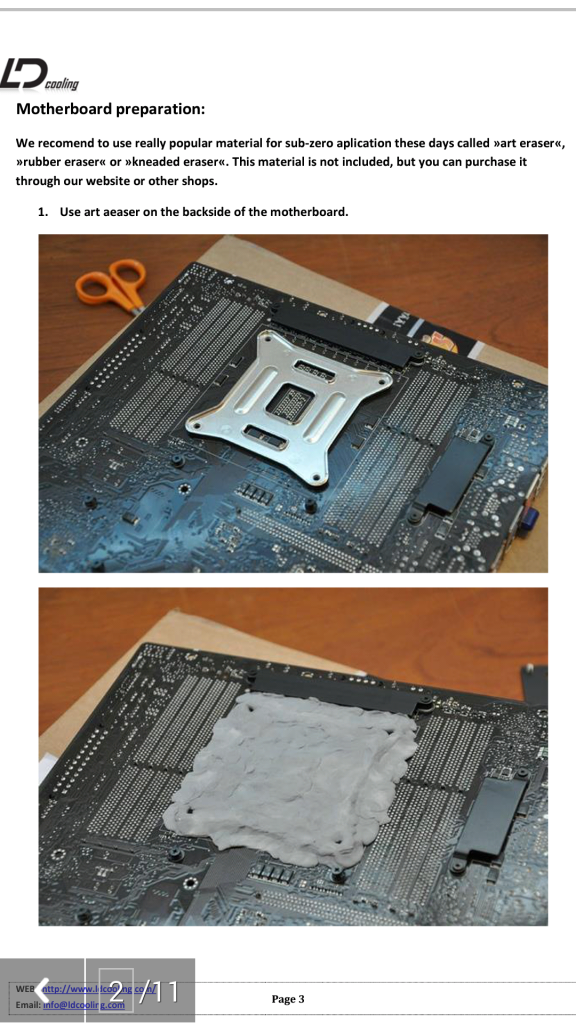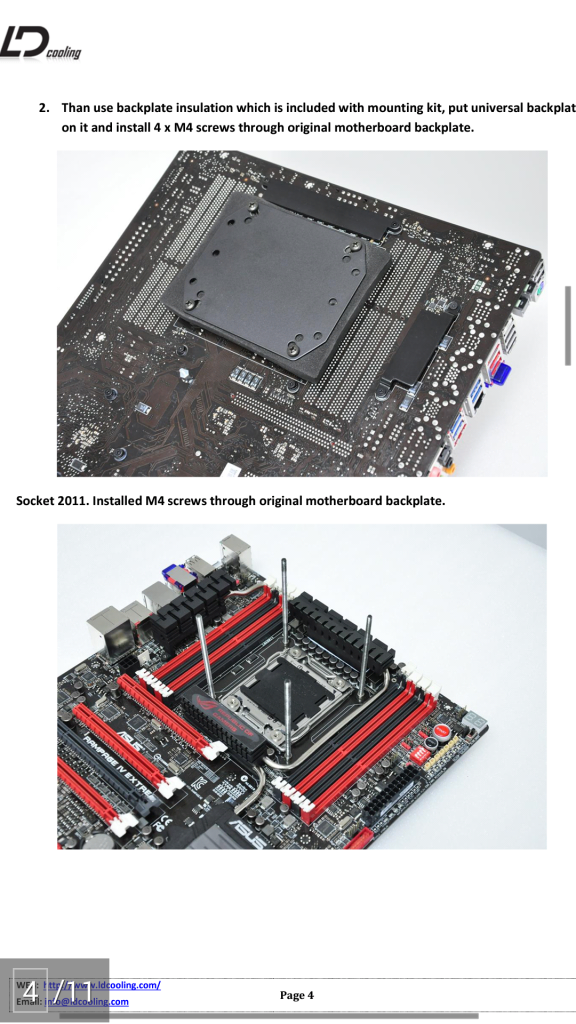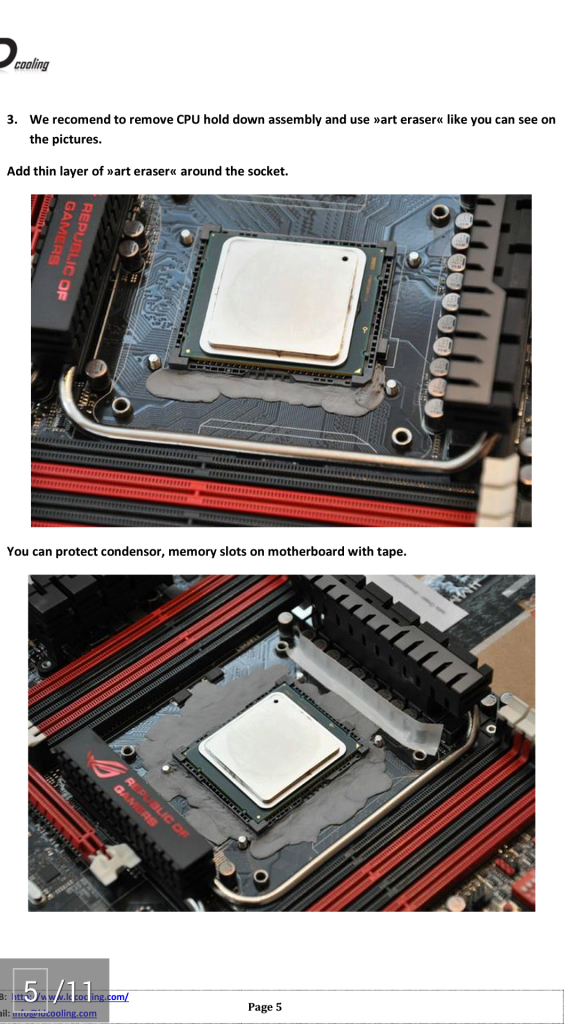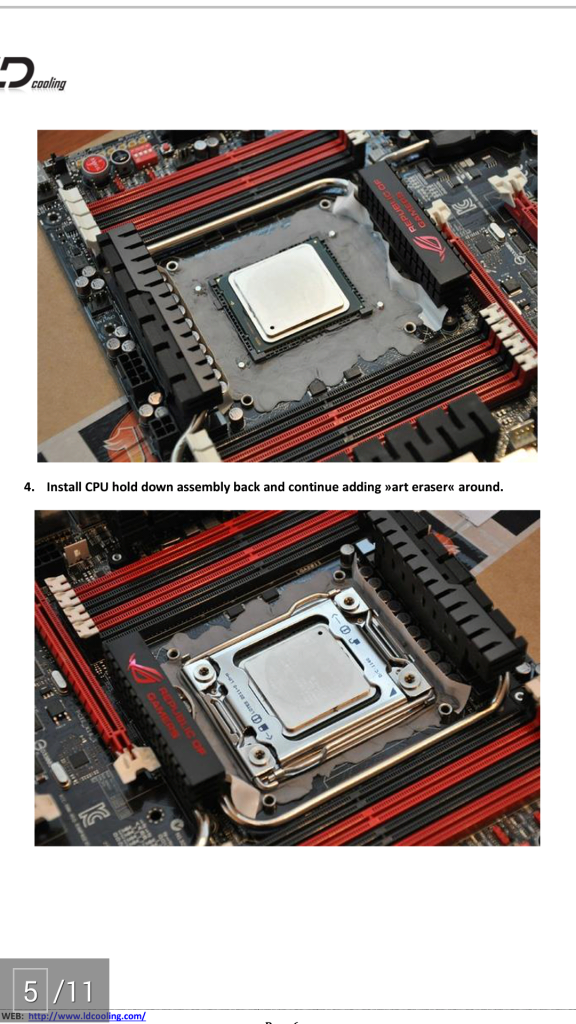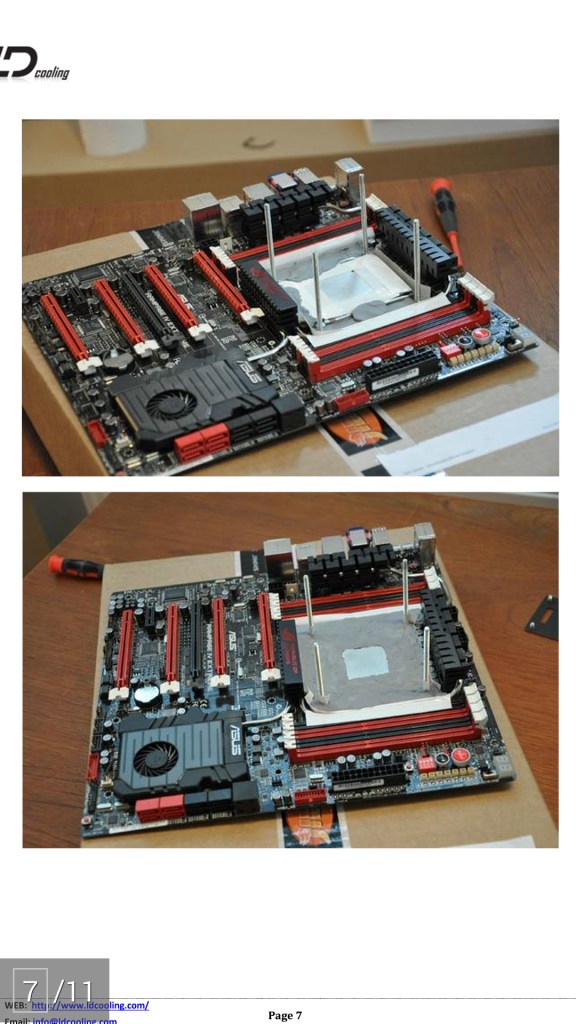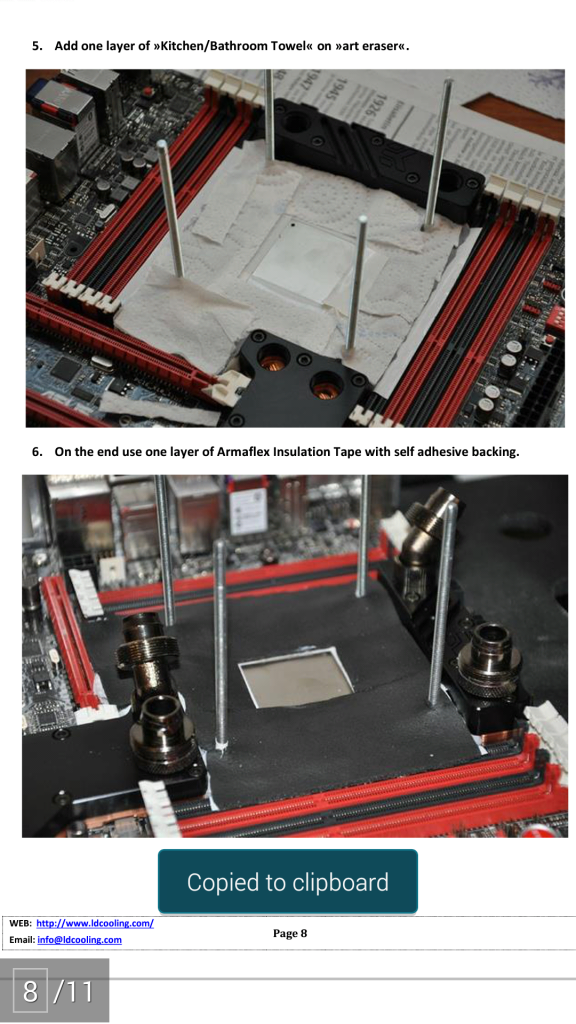Before I start this thread I just want to say that I have been inactive for the last little while as I kind of lost interest in PC's for a while and this thread is really just to see if I want to start spending some more time on the forum.
Last night I got bored of just playing countless hours gaming with a noisy setup mostly caused by the noise of my fans. This got me thinking about a video I saw a while ago where a pair of Eastern Europeans (Russia, maybe?) had put their watercooling loop in a bucket of ice and salt and were getting incredibly low temperatures with their fluid in the loop at -11C! Last night I dug the video up from YouTube and shortly after put a tub of water in the freezer.
By the end of last night I had everything sorted for my test.
At first I started with a small tub of ice water and put my rad from my H60 in it. The rad was only half submerged but the effects truly blew me away!

The temps were good but nothing special and I knew that I would either need to constantly fill the tub with ice, buy a peltier and think of a way to mount it to cool the water or I could get a bigger pan and add ice when appropriate.
I decided to go with option 3 although option 2 of the peltier is still a possibility so i bought a cheap £3.50 one off of ebay.

This was the result and opposed to what I was expecting the 'Cooking Pot' keeps the system around 65C after an hour of prime95! But in games only hovers around 45C and in a regular environment of web browsing sits at below ambient temperature at about 10C!

After 15 minutes of Prime95

After 30 minutes

After 45 minutes

And finally after an hour

As you can see the temps aren't actually bad considering this is under 100% load and is just a worst case scenario and would never even come close to this in real life situations.
Now is where I ask what I can do next using a peltier... As I said earlier I have ordered a 72w peltier which I intend to run at 12v off of molex and I have my old air cooler which I'll be using for my cooling of the hotside, other than this I have no idea what to do or how to use the peltier. If any one has any suggestions as to what I could use it for or how I could use it.
Thanks for reading, guys!
Last night I got bored of just playing countless hours gaming with a noisy setup mostly caused by the noise of my fans. This got me thinking about a video I saw a while ago where a pair of Eastern Europeans (Russia, maybe?) had put their watercooling loop in a bucket of ice and salt and were getting incredibly low temperatures with their fluid in the loop at -11C! Last night I dug the video up from YouTube and shortly after put a tub of water in the freezer.
By the end of last night I had everything sorted for my test.
At first I started with a small tub of ice water and put my rad from my H60 in it. The rad was only half submerged but the effects truly blew me away!

The temps were good but nothing special and I knew that I would either need to constantly fill the tub with ice, buy a peltier and think of a way to mount it to cool the water or I could get a bigger pan and add ice when appropriate.
I decided to go with option 3 although option 2 of the peltier is still a possibility so i bought a cheap £3.50 one off of ebay.

This was the result and opposed to what I was expecting the 'Cooking Pot' keeps the system around 65C after an hour of prime95! But in games only hovers around 45C and in a regular environment of web browsing sits at below ambient temperature at about 10C!

After 15 minutes of Prime95

After 30 minutes

After 45 minutes

And finally after an hour

As you can see the temps aren't actually bad considering this is under 100% load and is just a worst case scenario and would never even come close to this in real life situations.
Now is where I ask what I can do next using a peltier... As I said earlier I have ordered a 72w peltier which I intend to run at 12v off of molex and I have my old air cooler which I'll be using for my cooling of the hotside, other than this I have no idea what to do or how to use the peltier. If any one has any suggestions as to what I could use it for or how I could use it.
Thanks for reading, guys!






